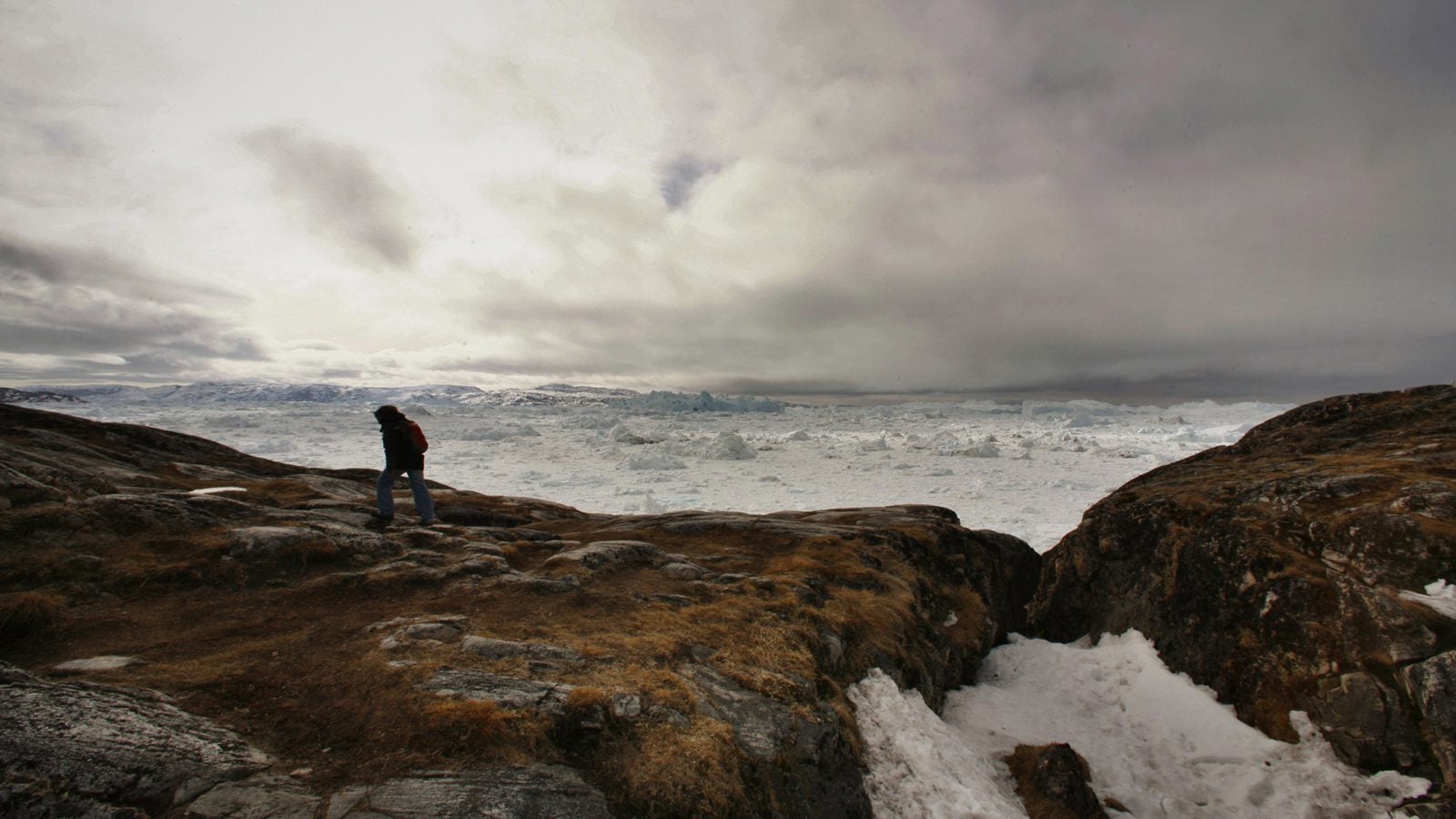Tiny bugs in Greenland are telling the truth about Vikings
No one is accusing them of being a bunch of beach bums, but the harsh reality is that the Vikings were probably a hell of a lot softer than the rugged depictions pop culture has long fostered.


No one is accusing them of being a bunch of beach bums, but the harsh reality is that the Vikings were probably a hell of a lot softer than the rugged depictions pop culture has long fostered.
A team of scientists from Northwestern University reconstructed the last 3,000 years of southern Greenland’s climate history. What they found was that, in the areas where the Norse Vikings settled between 985 and 1450 AD, temperatures very likely were hovering around 50°F (10°C).
In other words, it wasn’t all grit, sub-zero temperatures, fur pelts, and iron helmets. It was practically summer for these hearty settlers. The research was published this week (Feb. 6) in the journal Geology, adding evidence to a theory that has in the past been floated by climate scientists.
“People have speculated that the Norse settled in Greenland during an unusually, fortuitously warm period, but there weren’t any detailed local temperature reconstructions that fully confirmed that,” said the study’s lead author, Yarrow Axford, in a statement.
So how do you try to solve a mystery like this? It’s a pretty involved process, and it requires getting dirty.
The scientists set out to collect sediment from the bottom of lakes near spots known to be Norse settlements. The Northwestern team chose a lake near Narsaq, a small town of about 1,500 people in the Kujalleq municipality. The layers of mud that form at the bottom of lakes over time can be extracted and analyzed by scientists as a timeline, giving us clues to what the climate was like hundreds of years ago, kind of like how the number of rings in the trunk of a tree can help us figure out things like precipitation history.
In particular, the scientists analyzed the remains of lake flies that had gotten trapped in the mud layers. By looking at minuscule oxygen isotopes that had been preserved in their exoskeletons, the team was able to get an idea of how much precipitation was falling on the lake during the bugs’ lives, a key clue when trying to map out temperature changes.
What they found was that Greenland experienced a brief warming period that coincided with the Vikings’ time there. The cause of that warming period remains something of a mystery for scientists. The Northwestern team speculated in the study that it might be related to warmer ocean currents in the region at the time.
The Vikings eventually packed up and abandoned Greenland. The warming period ended and weather became more erratic and eventually took a plunge into consistent frigidity. In the present day, temperatures across Greenland vary, and can hover around 50°F in the warmer months around southern Greenland. It can also dip below -50°F during the colder months. Whether the weather was the reason for the Vikings leaving the world’s largest island also isn’t quite known. As the Northwestern team put it in a statement, that’s something for archaeologists to figure out.